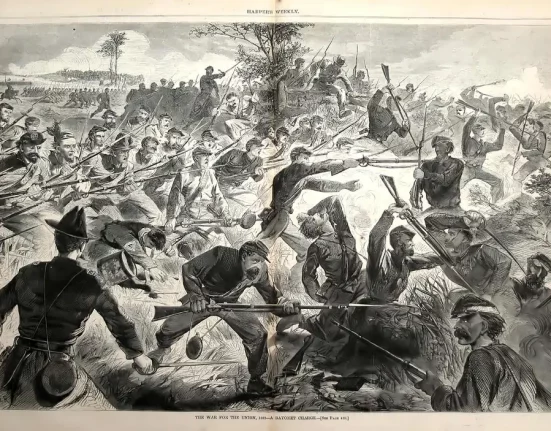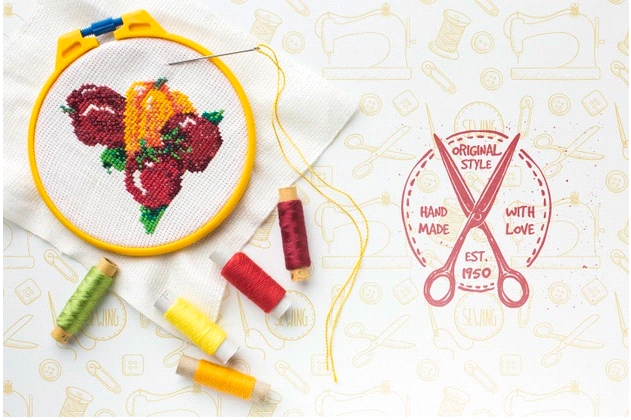Sambo, a Russian martial art with a rich history, has gained popularity worldwide for its unique combination of throws, ground control, and submissions. Understanding the rules of Sambo is essential for practitioners and enthusiasts alike. In this article, we will delve into the key aspects of Sambo rules, shedding light on the sport’s intricacies.
Origins and Evolution of Sambo:
Sambo, short for SAMozashchita Bez Oruzhiya (self-defense without weapons), originated in the early 1920s in the Soviet Union. It was developed by the Red Army to enhance their hand-to-hand combat abilities. Over time, Sambo evolved into a competitive sport, combining elements of judo and traditional Russian wrestling.
Scoring System:
Sambo matches are typically divided into two rounds, each lasting three minutes. The objective is to score points through various techniques and maneuvers. Successful throws, takedowns, and controlled ground positions contribute to a competitor’s score. Additionally, submissions and pinning an opponent’s shoulders to the mat can result in immediate victory.
Throws and Takedowns:
Throws play a crucial role in Sambo, and competitors aim to execute them with precision and control. Points are awarded based on the complexity and effectiveness of the throw. Takedowns, which involve bringing the opponent to the ground while maintaining control, also contribute to a competitor’s score.
Ground Control and Submissions:
Once on the ground, Sambo practitioners employ a combination of control and submission techniques. Achieving a dominant position, such as the mount or back control, earns points. Submissions, such as joint locks and strangles, can lead to victory or contribute to the overall score.
Out-of-Bounds and Restarting:
The competition area, known as the mat, has defined boundaries. If a part of a competitor’s body, except for the feet, crosses these boundaries, the match is paused, and the athletes are brought back to the center for a restart. This rule encourages continuous engagement and prevents stalling tactics.
Uniform and Protective Gear:
Competitors wear a jacket (kurtka) and shorts (boytsovskye trusy) during matches. The jacket provides grips for throws and controls on the ground. Additionally, athletes wear wrestling shoes to enhance traction on the mat. Protective gear, including a mouthguard and groin protection, is mandatory to ensure the safety of the participants.
Penalties and Disqualifications:
Sambo enforces strict rules to maintain fair play and sportsmanship. Penalties, such as passivity or illegal techniques, result in deductions from the offending athlete’s score. Repeated infractions can lead to disqualification. This ensures that competitors engage actively and within the established guidelines.
Sportsmanship and Respect:
Central to Sambo is the emphasis on sportsmanship and respect for opponents. Bowing before and after a match is a customary gesture, reflecting the traditional values of martial arts. Competitors are expected to uphold a high standard of conduct, promoting integrity and camaraderie within the Sambo community.
In conclusion, Sambo is a dynamic and multifaceted martial art with a unique set of rules that encompass throws, ground control, submissions, and sportsmanship. Whether you’re a seasoned practitioner or a newcomer to the sport, understanding and appreciating these rules enhances the overall experience of Sambo, both as a competitive endeavor and a way of life.






